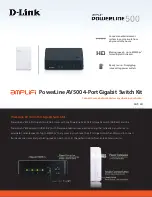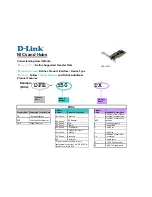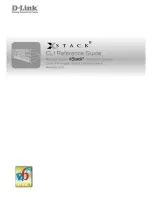
48
Figure4-3 IRF fabric in ring topology
You can provide the following IRF physical connections between S6800 switches:
•
10-GE IRF physical connection by connecting 10GBase-T Ethernet ports or SFP+ ports.
•
40-GE IRF physical connection by connecting QSFP+ ports.
•
100-GE or 40-GE IRF physical connection by connecting QSFP28 ports.
•
IRF physical connection by using a 40G QSFP+ to 4 × 10G SFP+ cable to connect a QSFP+
port and four SFP+ ports.
You can bind several ports to an IRF port for increased bandwidth and availability.
Identifying physical IRF ports on the member switches
Identify the 10GBase-T Ethernet ports, SFP+ ports, QSFP+, and QSFP28 ports to be used for IRF
connections on the member switches according to your topology and connection scheme.
All the 10GBase-T Ethernet ports, SFP+ ports, QSFP+ ports, and QSFP28 ports on the S6800
switch can be used for IRF connections.
When you use QSFP+ cables to connect physical IRF ports, follow these guidelines:
•
Make sure the two ports on an IRF link are both fixed ports or ports on interface modules.
•
If you use ports on interface modules as physical IRF ports, make sure the interface modules on
an IRF link are the same model.
Planning the cabling scheme
You can use twisted pair cables, SFP+/QSFP+/QSFP28 cables, or SFP+/QSFP+/QSFP28
transceiver modules and optical fibers to connect the switches for IRF connections. If the IRF
member switches are far away from one another, choose the SFP+/QSFP+/QSFP28 transceiver
modules and optical fibers. If the IRF member switches are all in one equipment room, choose
twisted pair cables or SFP+/QSFP/QSFP28 cables. For more information about available
IRF-port2
IRF-port2
IRF-port2
IRF-port1
IRF-port1
IRF-port1
1
2
3
1
2
3






































